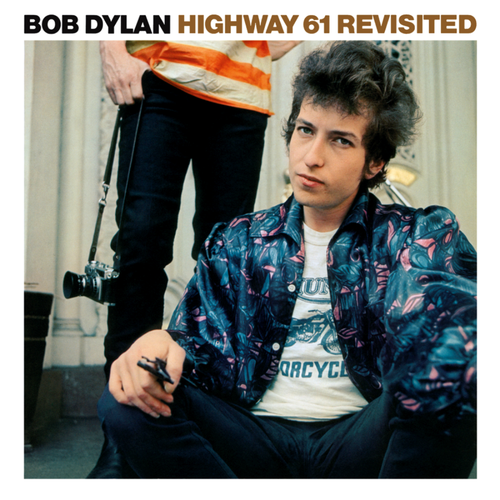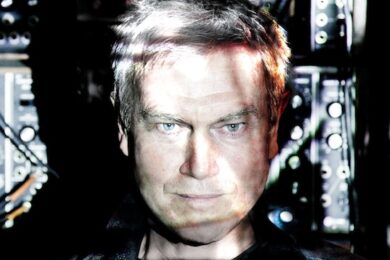2. Bob DylanHighway 61 Revisited

Dylan suddenly put everything worthwhile in modern music together – the roughness of the Stones, the limitless, agile, street poetry rhythms of Chuck Berry and the possibilities of extended play through the new popularity of albums. Then he updated the lyrical content by introducing a hip new world of Burroughs/Ginsberg/Kerouac/ Ferlinghetti’s beat literature of New York. With this final element, Dylan created a uniquely American form that made you feel you were driving through a city made of Super 8 movies from some concentrated hyper-existence just behind the mirror.
He extended this lyrical, amphetamine-driven, mind-movie concept so far that it left everyone else – Beatles and Stones included – feeling as though they’d barely managed to tiptoe beyond nursery rhyme.
At this point, Dylan looked great too – New York cool met Carnaby Street insouciance – he was thin, wiry, with black shades, skinny, wrinkled suit, polka-dot, tab-collar shirt, closed white face, black rimmed fingernails, hair like an electric storm – he was New York. From now on, everyone simply had to try harder. They’d been out-worded, out-rocked and out-styled.
The Beatles, particularly, were severely dented through being introduced to a bigger world than hand-holding and innuendo. Lennon had previously imitated Dylan on ‘You’ve Got To Hide Your Love Away’ and ‘Norwegian Wood’, before realising he’d have to rethink his writing strategies – and the band – entirely. ‘Tomorrow Never Knows’, ‘Strawberry Fields and ‘A Day In The Life’ were the marvellous result.
In its moment, Highway 61 left you reeling. You got a concentrated series of hallucinatory colour movies. You remembered random fragments of them for weeks – or for the rest of your life. And if you listen closely enough, you can hear another thin man, John Cooper Clarke, sniffing drainpipes and reciting the alphabet, down on Desolation Row.


